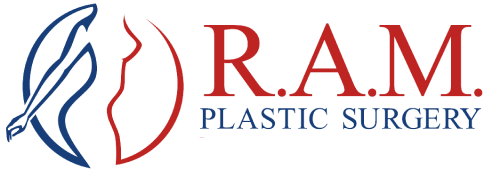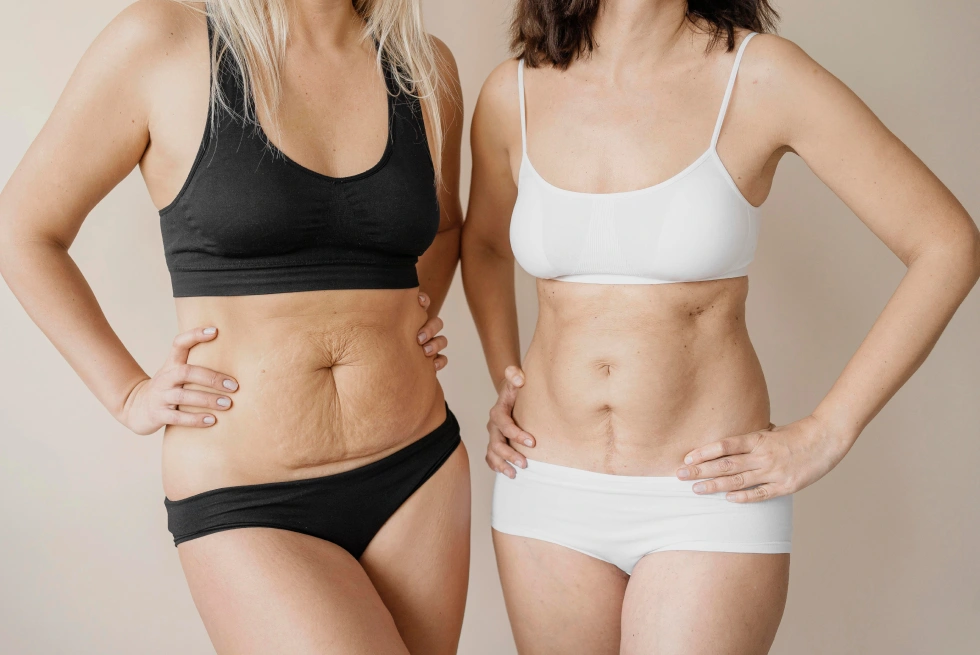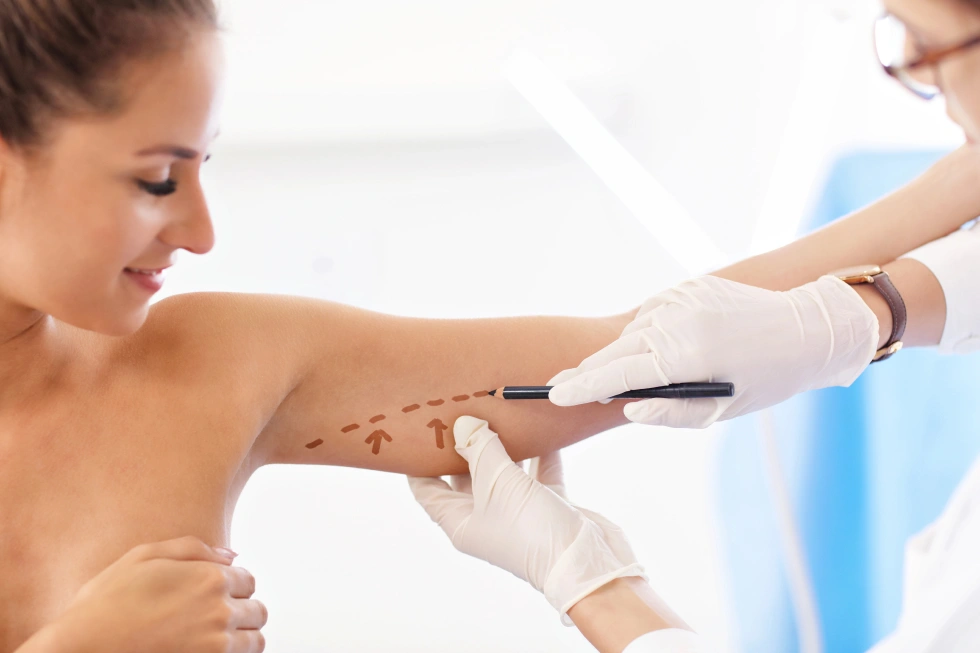Many women who undergo a mommy makeover wonder how future pregnancies might affect their results, yet this topic is rarely explored in depth. Beyond aesthetic concerns, pregnancy can influence abdominal muscles, breast shape, and overall body contour in ways that impact long-term outcomes. Understanding the timing, potential changes, and precautions before conceiving can help patients make informed decisions, preserve their results, and maintain both physical health and confidence during and after pregnancy.
What a Mommy Makeover Entails
A mommy makeover is a personalized combination of procedures designed to restore the body after pregnancy, addressing areas most affected by childbirth. Typically, it includes a tummy tuck to tighten abdominal muscles and remove excess skin, breast augmentation or lift to restore volume and shape, and liposuction or fat transfer to refine body contours. What is often overlooked is how these procedures work together to improve posture, core stability, and body proportion, not just appearance. Each makeover is tailored to the patient’s anatomy, goals, and lifestyle, creating balanced, natural-looking results. Understanding the scope of each component is essential for planning future pregnancies and setting realistic expectations for long-term outcomes.
Timing Pregnancy After a Mommy Makeover
The timing of pregnancy after a mommy makeover is crucial to protect both surgical results and maternal health. Most surgeons recommend waiting at least 6–12 months after surgery to allow tissues, muscles, and incisions to fully heal. What is often underemphasized is that even minor pregnancies too soon can stretch repaired abdominal muscles, alter breast shape, and affect overall body contour. Planning pregnancy after cosmetic surgery should include discussions with both your plastic surgeon and OB/GYN to ensure your body is ready for the physical demands of pregnancy. Waiting allows for more predictable results and reduces the likelihood of needing corrective procedures after childbirth.
Impact of Pregnancy on Mommy Makeover Results
Pregnancy introduces significant changes to the body, and even after a mommy makeover, these natural processes can influence surgical outcomes. Understanding how pregnancy may affect different areas of your body helps set realistic expectations and plan for long-term results:
- Abdominal Changes and Tummy Tuck Results Pregnancy stretches the abdominal wall and skin, which can partially reverse the tightening achieved during a tummy tuck. While the structural repair may remain, new skin laxity or stretch marks can appear, and muscle separation may reoccur in some cases.
- Breast Volume and Shape Hormonal changes, lactation, and weight fluctuations can affect augmented or lifted breasts. Some women experience temporary or permanent changes in breast size, shape, or symmetry. Implants usually maintain their position, but natural tissue around them may stretch, subtly altering results.
- Liposuction and Fat Transfer Areas Fat redistribution during pregnancy can alter areas treated with liposuction or fat grafting. While transferred fat generally remains in place, surrounding tissue may expand, slightly changing the overall contour achieved in the original procedure.
- Skin Elasticity and Scarring Skin stretching during pregnancy can affect incision lines, particularly on the abdomen. Even well-healed scars may become more noticeable if the skin expands significantly. Using supportive garments and following post-pregnancy skin care can help minimize these effects.
- Weight Fluctuations and Body Proportion Natural weight gain can influence overall body balance, including areas not directly treated in a mommy makeover. Maintaining healthy habits before, during, and after pregnancy helps preserve as much of the surgical outcome as possible.
- Posture and Core Support Pregnancy changes posture and core muscle engagement, which may temporarily affect how the body looks and feels. Engaging in guided postnatal exercises can support the core and reduce the impact on surgical results.
Being aware of these factors allows patients to plan pregnancies strategically, maintain realistic expectations, and take proactive steps to protect their mommy makeover results.
Safety Considerations for Mother and Baby
When considering pregnancy after a mommy makeover, safety for both mother and baby is paramount. Most procedures, such as tummy tucks and breast augmentations, do not interfere with fertility, but timing is critical to ensure the body has fully healed. Adequate recovery reduces risks of complications like abdominal muscle strain, wound reopening, or implant-related issues. Close monitoring with both your OB/GYN and plastic surgeon is essential, especially during the first trimester when core stability and nutritional needs are crucial. Maintaining a healthy weight, practicing gentle core-strengthening exercises, and wearing supportive garments can help protect surgical results while promoting a safe, healthy pregnancy for both mother and child.
Recovery After Pregnancy Post-Mommy Makeover
After pregnancy, the body undergoes another round of changes that can affect mommy makeover results. Recovery involves not only healing from childbirth but also addressing any stretching or shifts in the areas previously treated. The abdomen may require gentle core-strengthening exercises to restore muscle tone, while breasts may need supportive bras to maintain shape and position. Fat grafted areas or liposuction sites may also experience subtle changes in contour, so monitoring and maintaining a stable weight is important. Postpartum recovery should include regular check-ins with your plastic surgeon to assess results, manage any concerns, and discuss potential touch-up procedures if necessary to restore your pre-pregnancy surgical outcomes.
Planning a Mommy Makeover With Future Pregnancies in Mind
For women who may want more children after a mommy makeover, strategic planning can help balance aesthetic goals with long-term body health. Surgeons can tailor procedures—such as modifying the extent of a tummy tuck, selecting implant types, or staging fat transfers—to accommodate potential pregnancies. What’s often overlooked is the benefit of discussing family planning during the initial consultation, as it influences incision placement, muscle repair, and overall surgical approach. Thoughtful planning helps minimize the impact of future pregnancies on results and can reduce the need for corrective procedures, ensuring the patient maintains both safety and aesthetic satisfaction over time.
Conclusion
Pregnancy after a mommy makeover is possible, but it requires careful planning, timing, and realistic expectations to preserve surgical results. Understanding how pregnancy affects the abdomen, breasts, and overall body contour helps women make informed decisions about family planning and post-pregnancy recovery. By prioritizing healing, maintaining healthy habits, and consulting with both your plastic surgeon and OB/GYN, you can support a safe pregnancy while protecting your aesthetic outcomes. If you are considering pregnancy after a mommy makeover or want guidance on preserving your results, visit us or call 312-337-3010 to schedule an appointment and receive personalized expert advice tailored to your needs.







